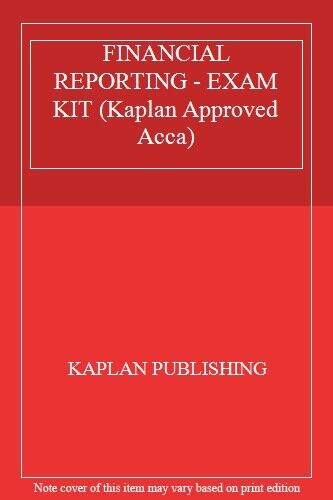
On January 1, 2020, H and N formed a limited partnership to acquire and operate a rental apartment building. N, the limited partner, contributed $360 and H, the general partner, contributed $40. The partnership obtained a nonrecourse loan from an unrelated financial institution for $3,100 and purchased a building for $3,500 on leased land. The loan is secured by the building. The loan requires interest to be paid currently, but does not require any principal payments for 25 years. The building is depreciable over 10 years at the rate of $350 per year. The partnership agreement satisfies the first two requirements of the basic test for economic effect (i.e., the capital account and liquidation requirements). N has no obligation to make up any deficit in her capital account. The partnership agreement, however, does have a QIO provision. It also has a minimum gain chargeback provision as described in 1.7042(f). The partners agree that nonrecourse deductions will be shared equally. Finally, the agreement provides that all items of income, deduction and loss, other than nonrecourse deductions, will be allocated 90% to N and 10% to H until the first time that income and gain exceed losses taken in prior years. Thereafter, all items of income, gain, and loss will be allocated equally between the partners. For the taxable years 2020-2022, the partnership has $300 of gross rental income and $300 of out of pocket expenses ($230 in interest and $70 in operating expenses). As a result of the depreciation deduction on the building, the partnership has an annual net tax loss of $350 each year. During this period, the partnership makes no distributions. The partnerships initial balance sheet is as follows: Assets Liabilities & Capital Basis/Book Building $3,500 Mortgage $3,100 Capital Accounts Tax/Book H $ 40 N 360 $400 How would the loss be allocated in year 2020, 2021 and 2022. I just don't want to see just the answer. Explain your logic and show your calculation on how you arrived at your answer (you may want to use a balance sheet each year to keep track on what is going on). On January 1, 2020, H and N formed a limited partnership to acquire and operate a rental apartment building. N, the limited partner, contributed $360 and H, the general partner, contributed $40. The partnership obtained a nonrecourse loan from an unrelated financial institution for $3,100 and purchased a building for $3,500 on leased land. The loan is secured by the building. The loan requires interest to be paid currently, but does not require any principal payments for 25 years. The building is depreciable over 10 years at the rate of $350 per year. The partnership agreement satisfies the first two requirements of the basic test for economic effect (i.e., the capital account and liquidation requirements). N has no obligation to make up any deficit in her capital account. The partnership agreement, however, does have a QIO provision. It also has a minimum gain chargeback provision as described in 1.7042(f). The partners agree that nonrecourse deductions will be shared equally. Finally, the agreement provides that all items of income, deduction and loss, other than nonrecourse deductions, will be allocated 90% to N and 10% to H until the first time that income and gain exceed losses taken in prior years. Thereafter, all items of income, gain, and loss will be allocated equally between the partners. For the taxable years 2020-2022, the partnership has $300 of gross rental income and $300 of out of pocket expenses ($230 in interest and $70 in operating expenses). As a result of the depreciation deduction on the building, the partnership has an annual net tax loss of $350 each year. During this period, the partnership makes no distributions. The partnerships initial balance sheet is as follows: Assets Liabilities & Capital Basis/Book Building $3,500 Mortgage $3,100 Capital Accounts Tax/Book H $ 40 N 360 $400 How would the loss be allocated in year 2020, 2021 and 2022. I just don't want to see just the answer. Explain your logic and show your calculation on how you arrived at your answer (you may want to use a balance sheet each year to keep track on what is going on)







